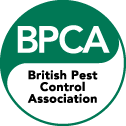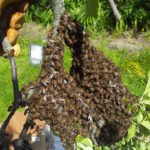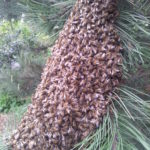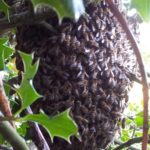Found a swarm!
Encountering a honeybee swarm can be a fascinating but delicate situation. Here’s what to do if you find yourself face-to-face with a swarm of honeybees. Our dedicated beekeepers at the East Lothian Beekeepers Association are here to assist, ensuring the safe removal and relocation of honeybee swarms.
Understanding Honeybee Swarms
In the accompanying images, you’ll find examples of small honeybee swarms. If your swarm resembles these pictures and is easily accessible, we may be able to assist you. Typically, bees remain in a swarm cluster for a few hours before finding a new location, possibly even staying for a couple of days.
Crucial Information
It’s important to note that if the swarm is not out in the open, clustered, and easily accessible, our beekeepers won’t be able to collect it. Regrettably, we are unable to assist in the removal of bumble or tree bee nests. For information on wild bees, refer to our resources here.
How to Request Swarm Removal
If you have honeybees that need to be removed, our dedicated beekeepers are ready to help.
- George Barton – 01875 340965
- Deborah Mackay – 0131 6658939/ 078844 92687
- David Boog – 07824616548 (evenings and weekends only)
- Craig Stebbing – 07803924858
(covering Dunbar, afternoon, evenings and weekends) - Clive Barker 07591093082 (North Berwick area, evenings and weekends)
- John Chaundler 07804252095
Our Process
When you contact us for swarm removal, rest assured that our beekeepers will do their utmost to safely handle and relocate the swarm. The bees will be provided with a new beehive and, if necessary, fed to aid their transition into their new home.
Bumblebee nests

Please note that we are unable to assist in removing bumble or tree bee nests.
Find helpful information here on wild bees
Recognizing the specific type of insects on your property is crucial. Often, individuals mistakenly identify wasps and bumblebees as honeybees. To avoid confusion, please compare the insects you observe with the images provided below:




